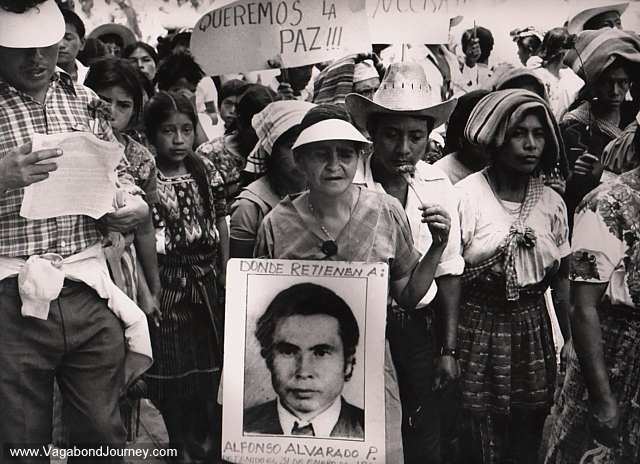

Most violent deaths in Guatemala are never investigated, let alone brought before the courts. By comparison, Canada’s homicide rate was 1.95 per 100,000 people in 2020, and in the United States it was 7.8. In 2009, murders amounted to a staggering 45 for every 100,000 inhabitants. Sanford’s grim reckoning is manifested in Guatemalan homicide rates.

Guerrilla insurgents, fighting to overthrow the regime, were attributed three per cent of the atrocities.Īmerican anthropologist Victoria Sanford summed up the dire situation following the war this way: if the number of victims kept rising, “more people will die in the first 25 years of peace” than during the country’s brutal civil war, which a UN inquiry documented at more than 200,000. A United Nations-backed commission charged the Guatemalan military forces with genocide and held them responsible for 93 per cent of the killings. More than 80 per cent of the civil war casualties were unarmed Indigenous Mayas. A 2019 memoir I wrote revisits the impact of Guatemala’s military-dominated state on its Indigenous Maya Peoples. If any peace prevails in Guatemala, it is a peace resembling war.Īs a researcher with long-standing interests in the historical geography of Latin America, I have studied Guatemala for many years. When what’s known as the Firm and Lasting Peace Accord was signed, the Guatemalan Civil War was one of the longest, bloodiest conflicts in 20th-century Latin America.Ī quarter century later, the peace that was supposed to be “firm and lasting” is anything but. 29 marked the 25th anniversary of the signing of a peace accord that effectively brought 36 years of armed conflict in Guatemala to an end.


 0 kommentar(er)
0 kommentar(er)
